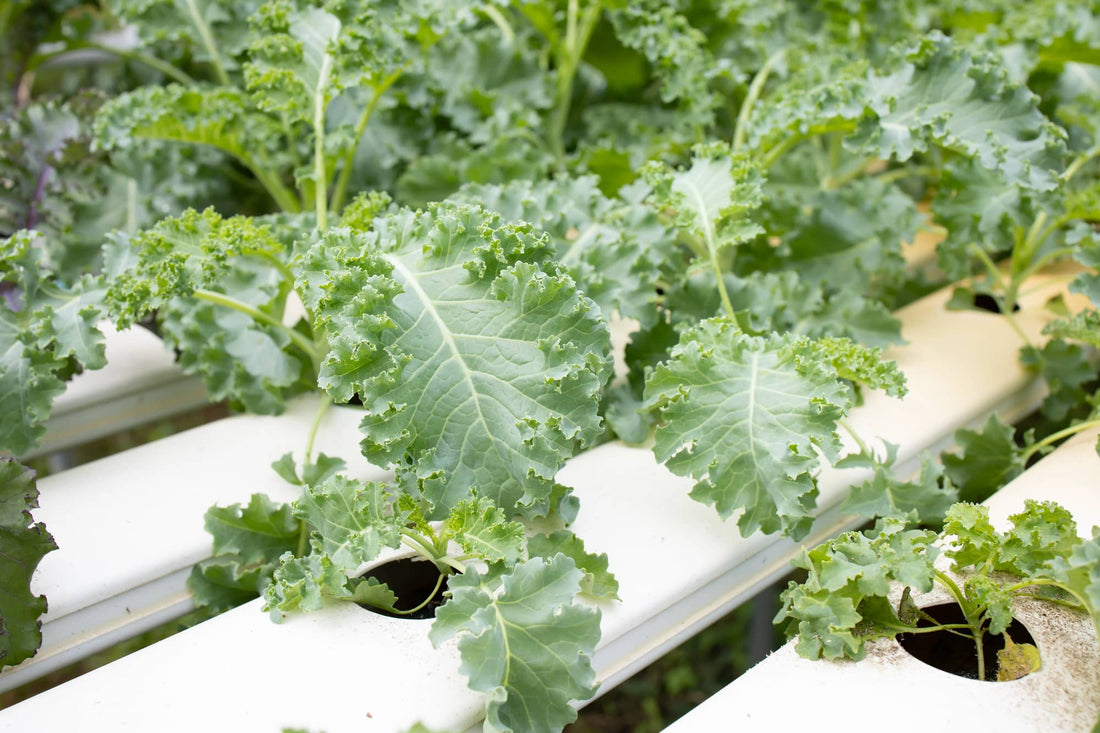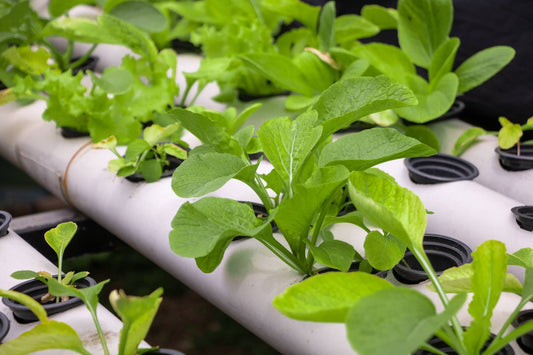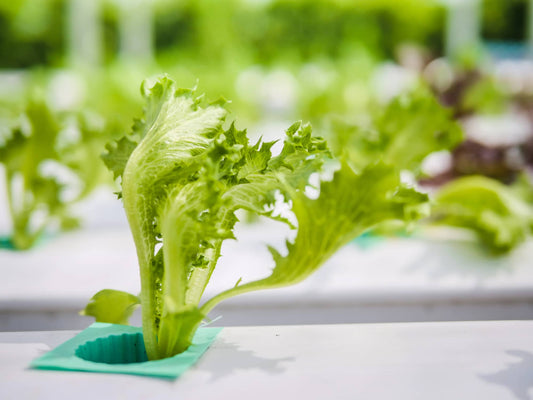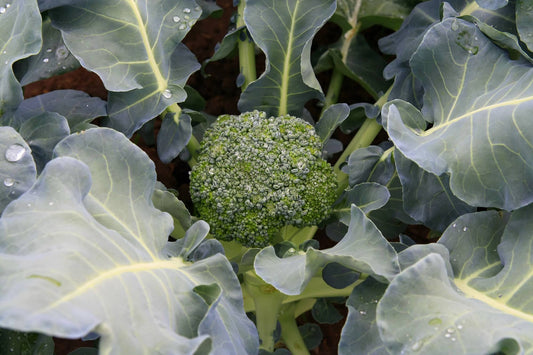Kale is a nutrient-dense leafy green that is ideal for hydroponic systems due to its adaptability and potential for continuous harvesting. Thriving in cooler temperatures, kale provides a rich supply of vitamins, minerals, and antioxidants, making it a valuable addition to any hydroponic garden. Whether grown for fresh salads, smoothies, or cooking, hydroponic kale ensures a reliable source of healthy, flavorful leaves. This guide covers essential tips for successfully growing hydroponic kale, from optimal conditions to the best harvesting practices.
Health Benefits of Hydroponic Kale
- Rich in Antioxidants – Loaded with powerful antioxidants like quercetin and kaempferol, kale helps lower oxidative stress and inflammation in the body.
- Heart Health – High in potassium and magnesium, kale promotes heart function by regulating blood pressure and decreasing the risk of cardiovascular diseases.
- Bone Health – An excellent source of vitamin K and calcium, both crucial for maintaining strong bones and lowering the risk of osteoporosis.
- Immune Support – With abundant levels of vitamin C, kale enhances the immune system and protects against infections and illnesses.
Growing Hydroponic Kale: Step-by-Step Guide
Kale Growth Stages
- Germination – Seeds typically germinate within 5 to 10 days under optimal conditions.
- Seedling to Mature Plant – It takes 30 to 40 days after germination for kale to reach a robust vegetative stage.
- Harvest – Leaves can be harvested once they attain a desirable size, usually around 50 to 60 days. Continuous harvesting of outer leaves promotes new growth. Once the plant flowers (bolts), the leaves may become bitter. At this stage, you can collect seeds or start a new crop.
Ideal Environmental Conditions for Kale
- Season: Kale can be grown year-round, but it thrives best in cooler temperatures. In warmer climates, it is best to plant it in early spring or late fall, or to provide shade during peak heat.
- Temperature: Maintain a daytime temperature of 65–75°F (18–24°C) and a nighttime temperature of 50–65°F (10–18°C) for optimal growth.
- Humidity: Keep humidity levels between 50% and 70% during the day, and between 60% and 80% at night to prevent wilting and disease.
- Light Requirements: Kale needs 3–6 hours of direct sunlight per day. For hydroponic systems, a DLI of 12–14 mol/m²/day using broad-spectrum grow lights is recommended.
Nutrient and pH Requirements
Recommended EC Levels:
- Seedling Stage: Begin with an EC of 1.5 mS/cm to promote early root and leaf development.
- Mature Growth: Raise EC to 2.5 mS/cm as plants mature to support sustained growth and resilience.
pH Range:
- Keep the pH level between 5.5 and 6.5 to enhance nutrient absorption and promote plant health.
Best Practices for Growing Hydroponic Kale
Hot Climate Adaptation: In warmer climates, plant kale in shaded areas or use shade cloth to prevent heat stress.
Continuous Harvesting: Regularly harvesting the outer leaves encourages ongoing growth and prevents premature bolting.
Pest Management: Kale is prone to aphids and cabbage worms; use insect netting or organic sprays for effective protection.
Seed Production: Allow some plants to bolt at the end of the growing season to collect seeds for future planting. Ensure they are separated from other brassicas to avoid cross-pollination.
Popular Hydroponic Kale Varieties
- Curly Kale – The most common variety with frilly, dark green leaves and a slightly bitter taste.
- Dinosaur Kale – Also called Lacinato kale, this variety has long, narrow, dark blue-green leaves and a mild flavor.
- Red Russian – A tender and sweet variety with flat, red-tinged leaves.
- Siberian Kale – Known for its cold tolerance and broad, slightly curled leaves.
- Redbor Kale – A stunning deep purple variety with frilly leaves, often used for ornamental and edible purposes.
- Chinese (Kailaan) – A type of Chinese kale with thick stems and tender leaves, commonly used in stir-fries.
Final Thoughts on Growing Hydroponic Kale
Hydroponic kale is an excellent choice for year-round cultivation, offering a steady harvest of nutrient-rich greens. By maintaining optimal environmental conditions, nutrient levels, and harvesting strategies, growers can ensure a continuous yield of high-quality kale. Hydroponic kale serves as a sustainable and productive addition to any garden, whether for home or commercial use.




